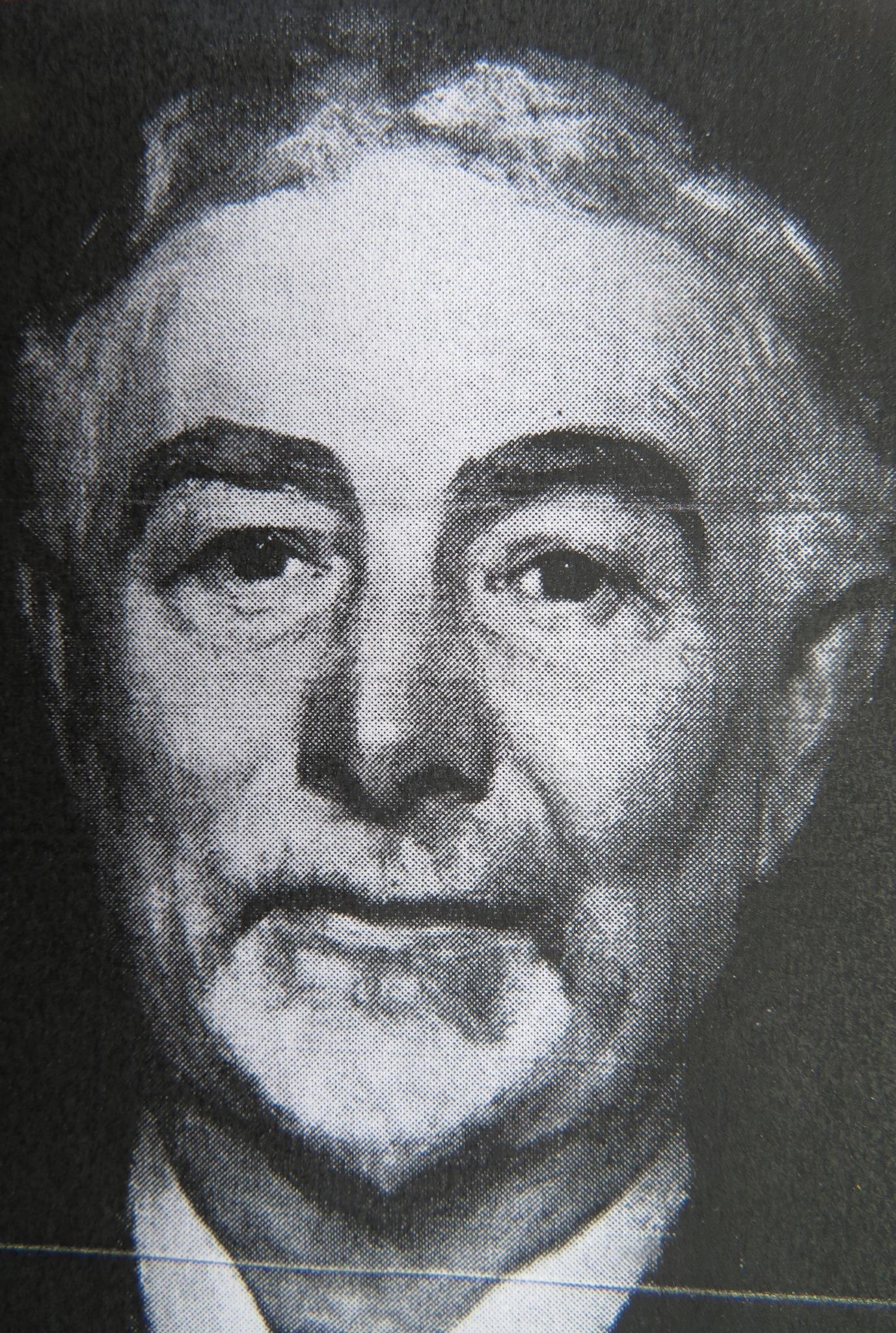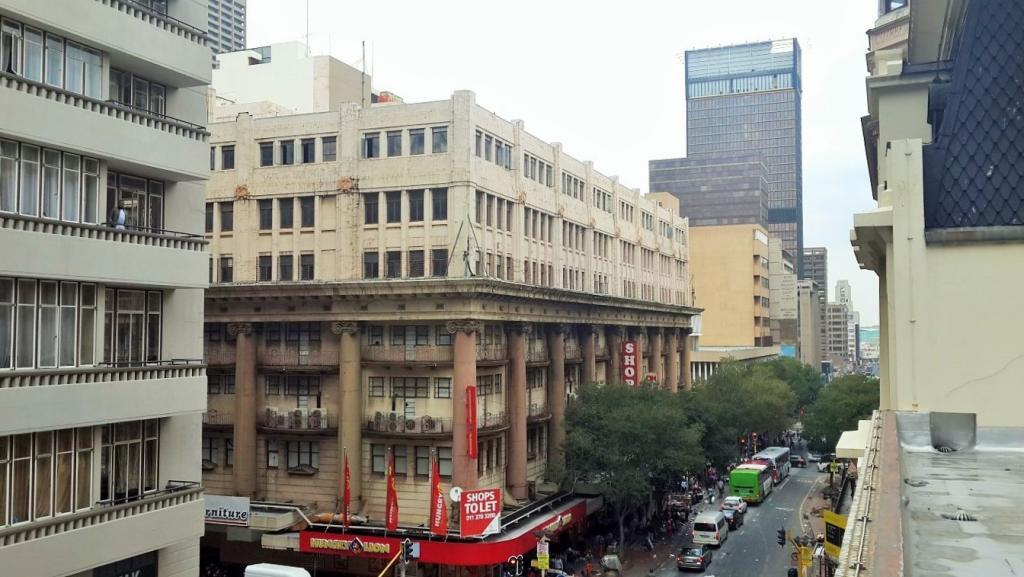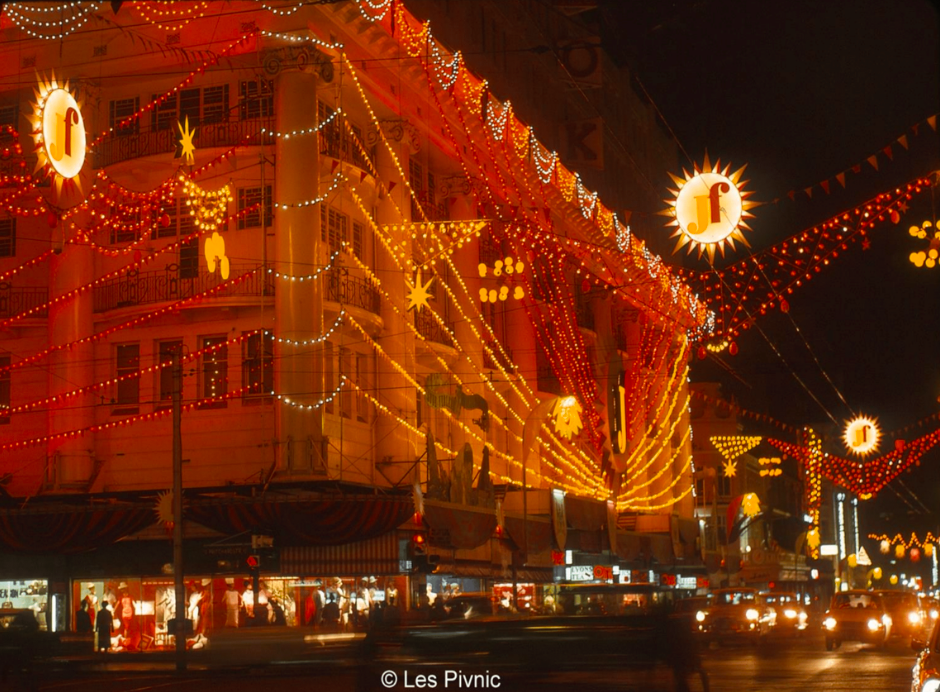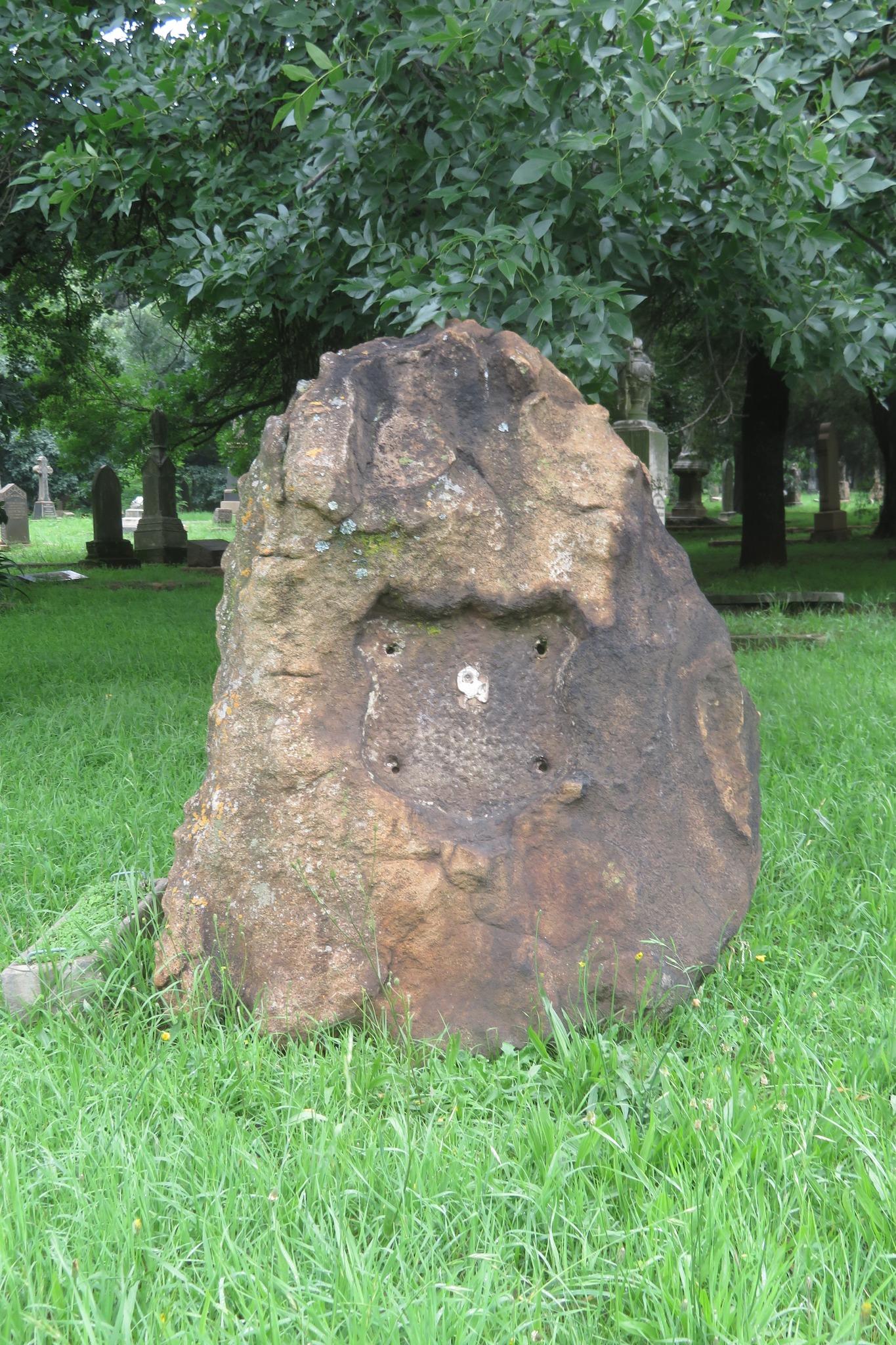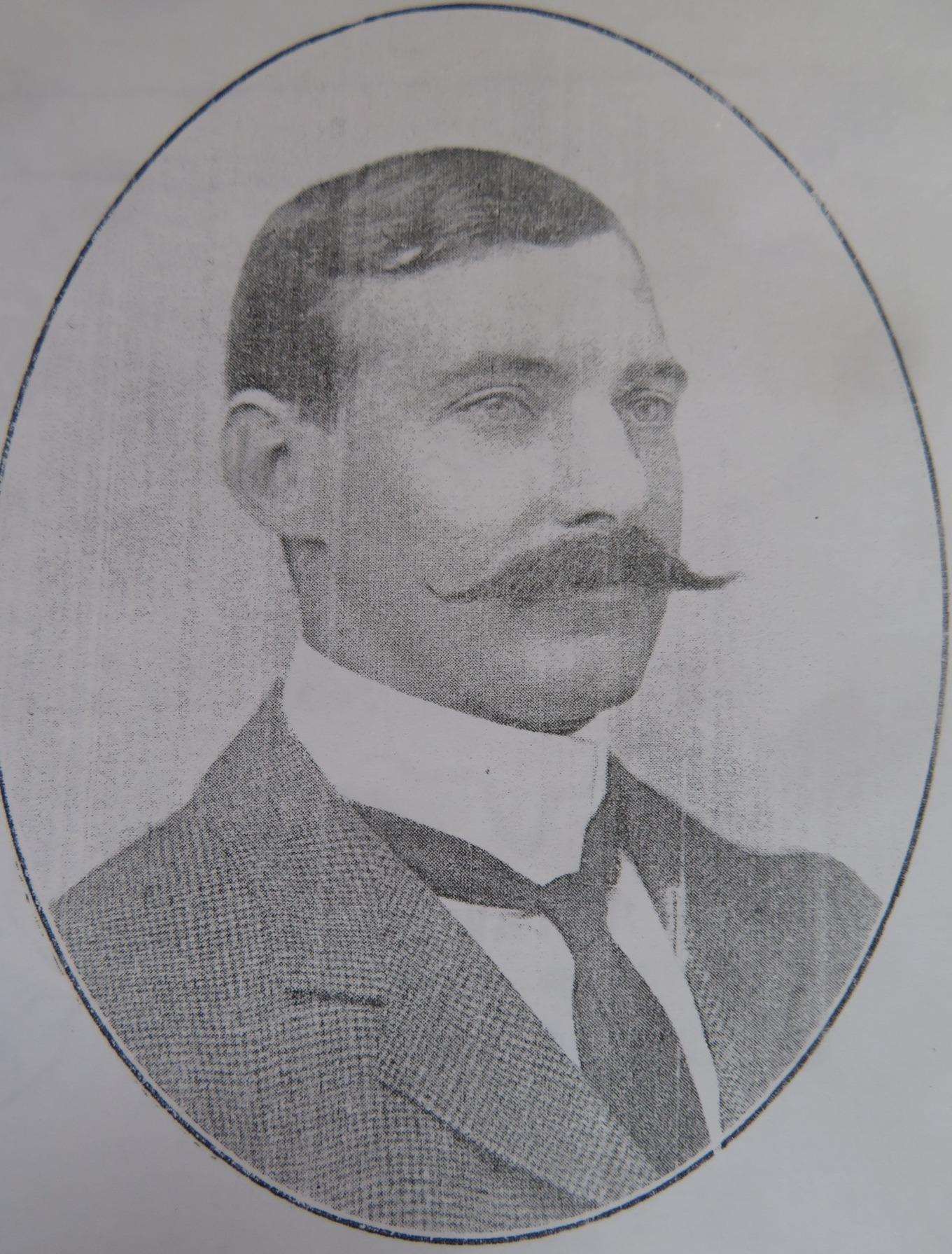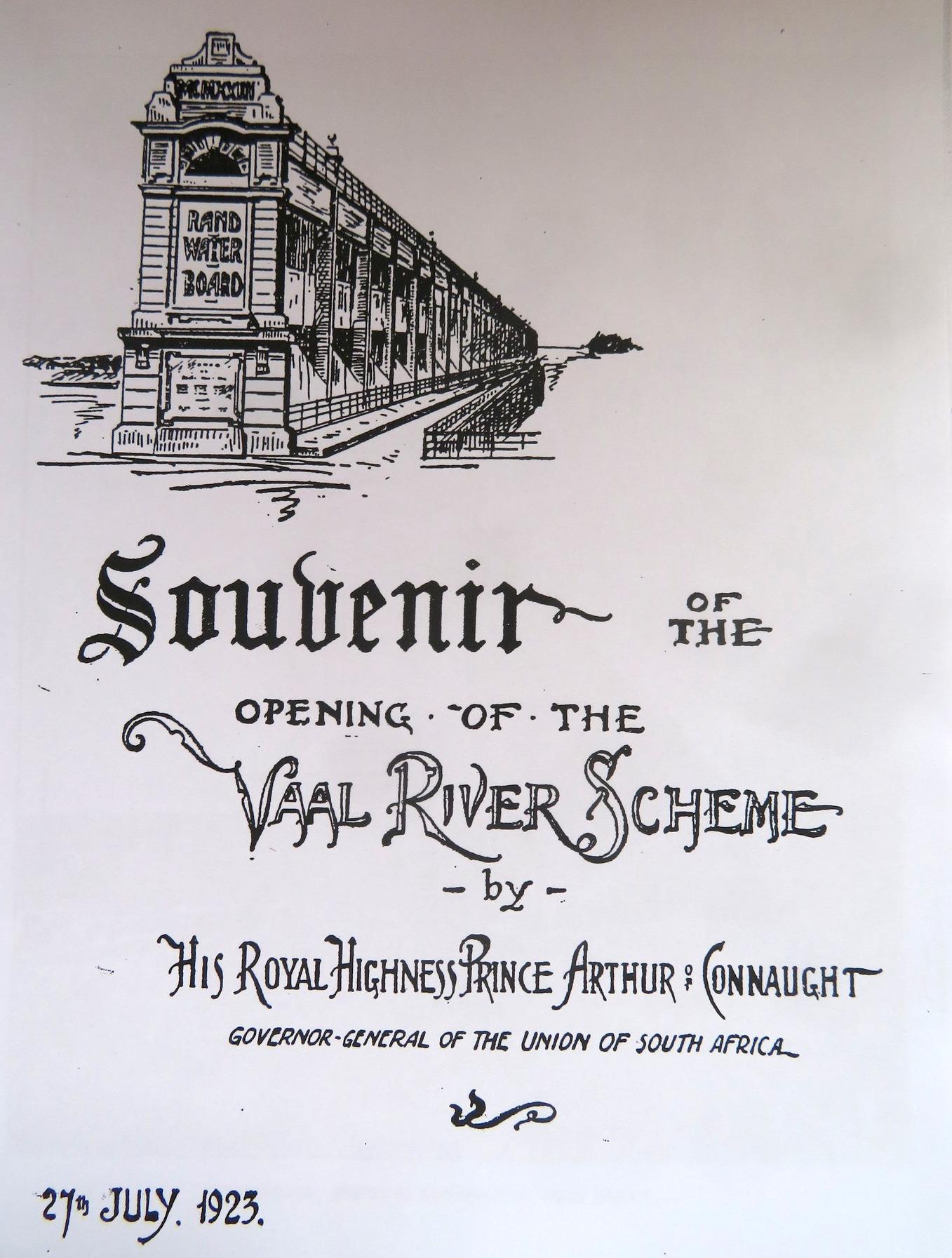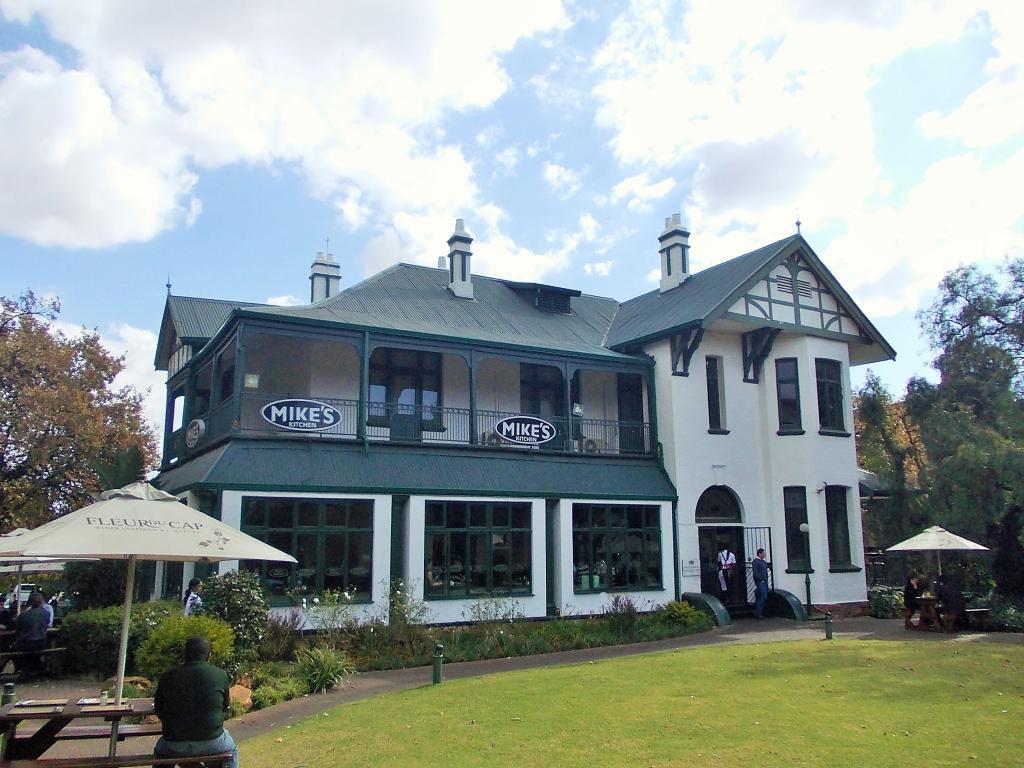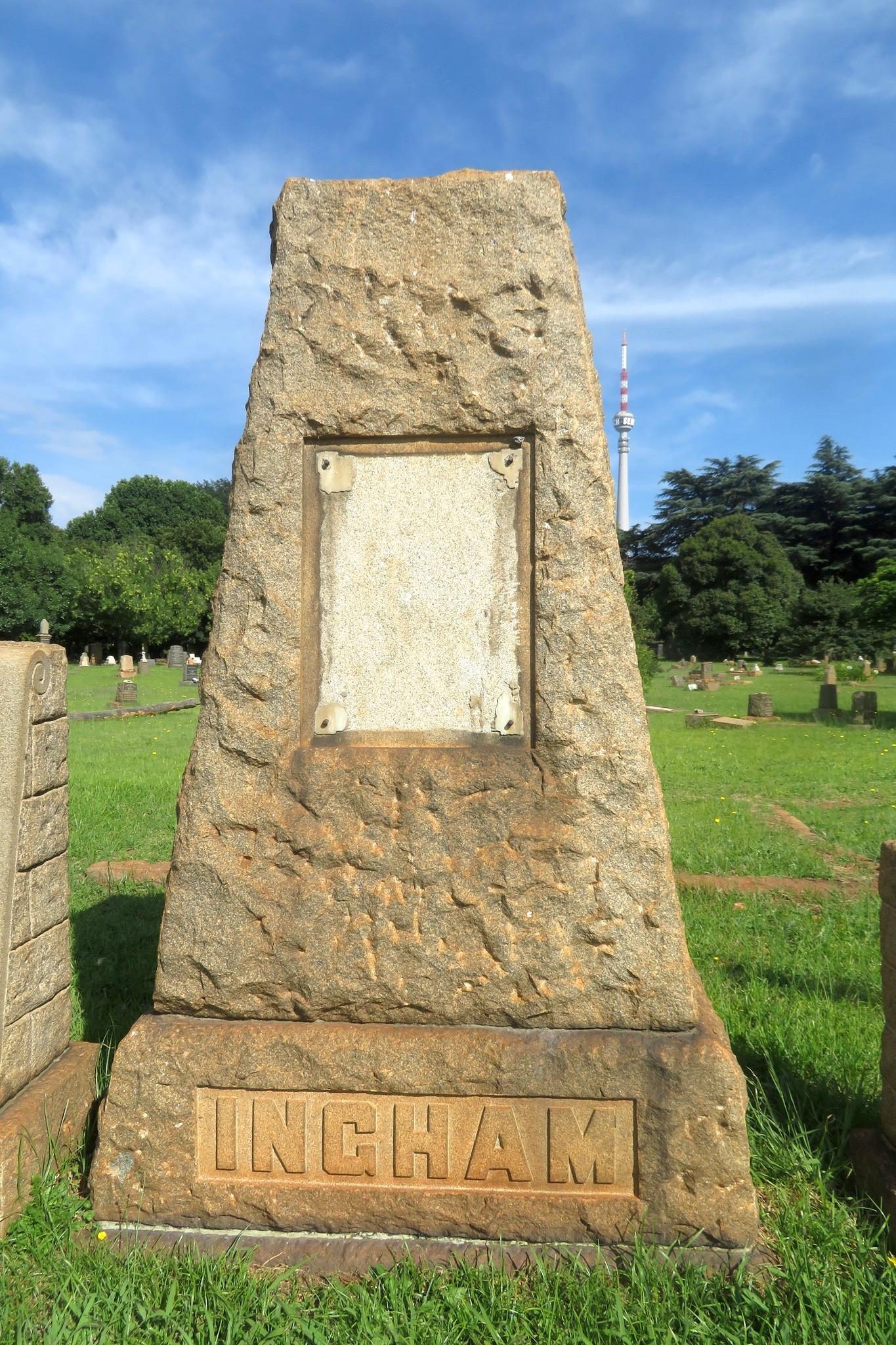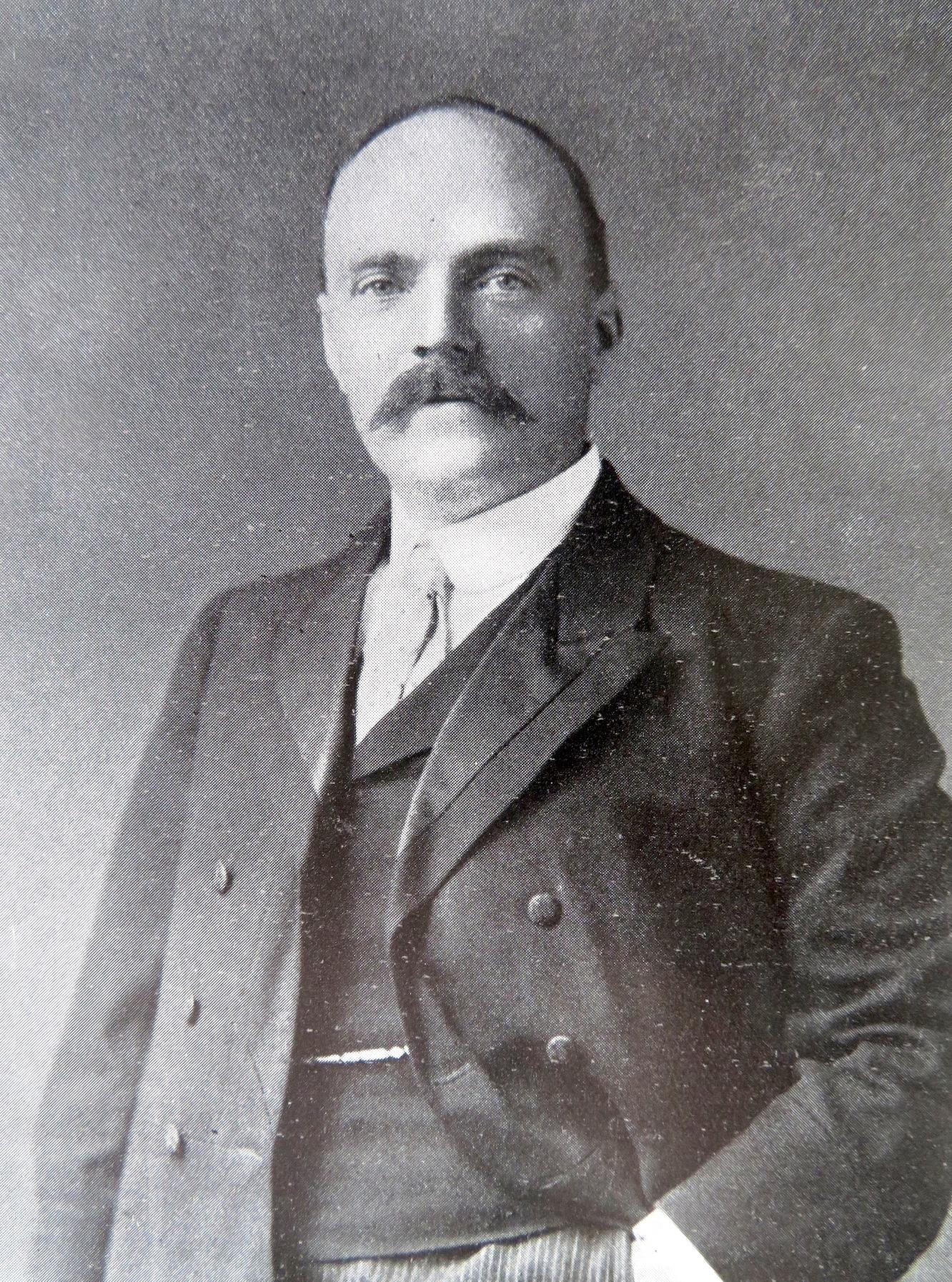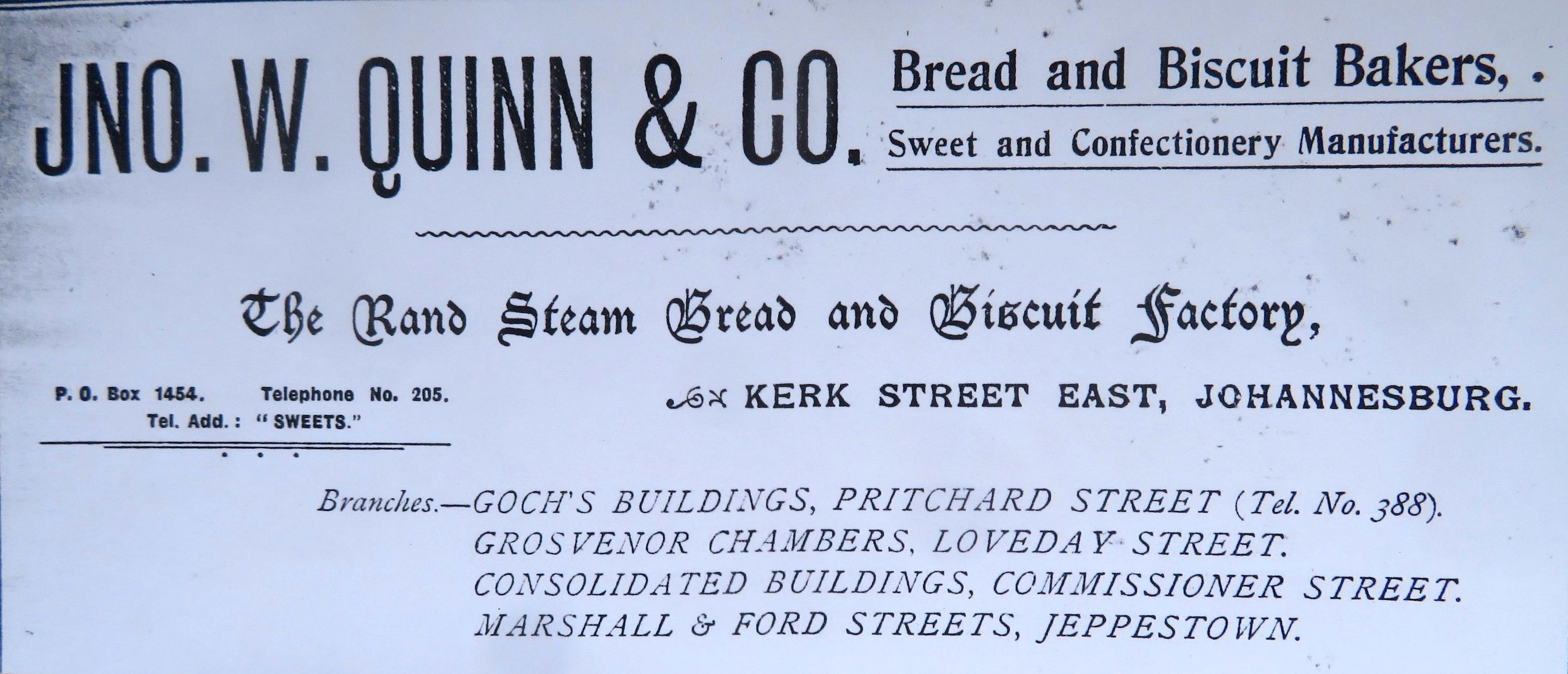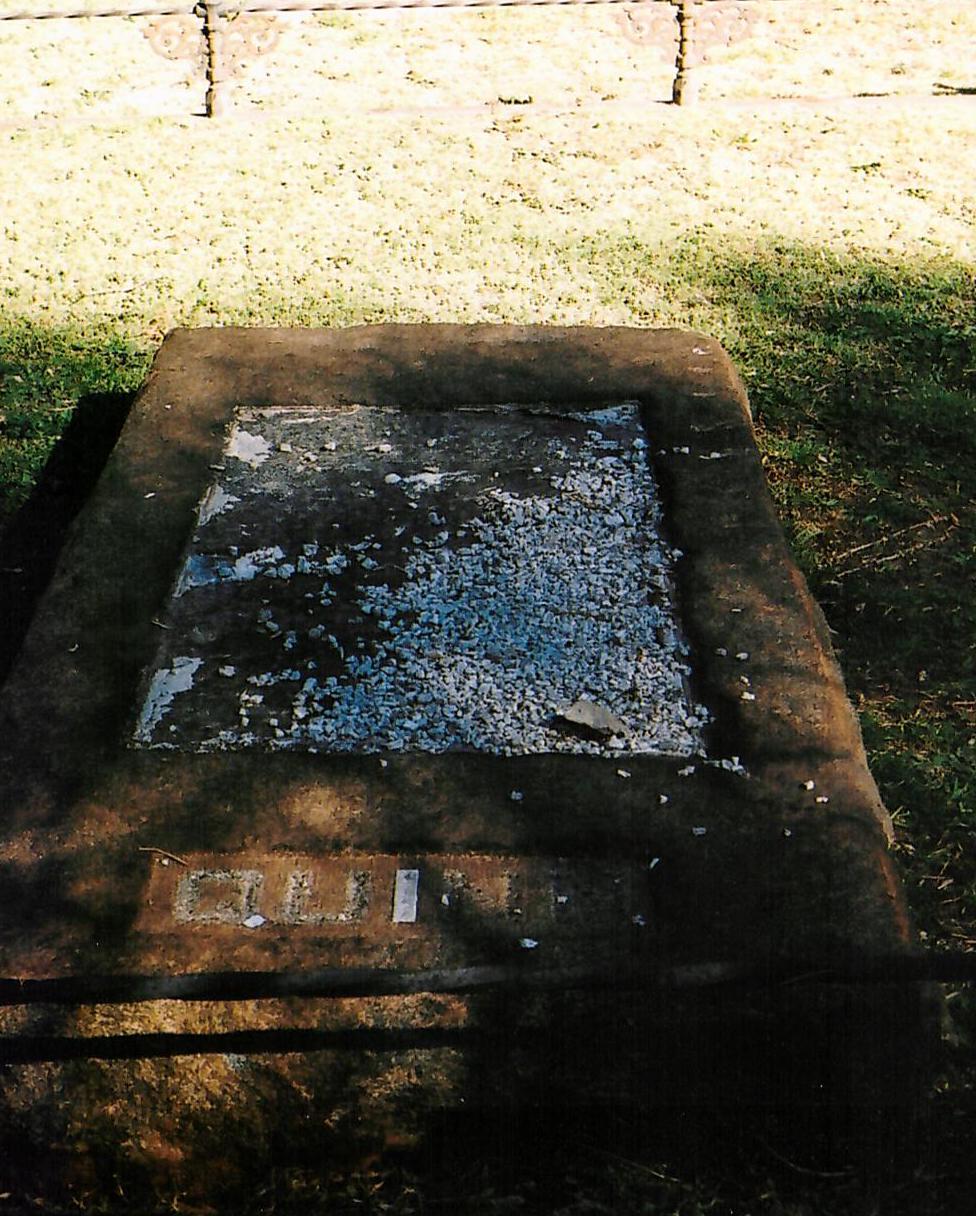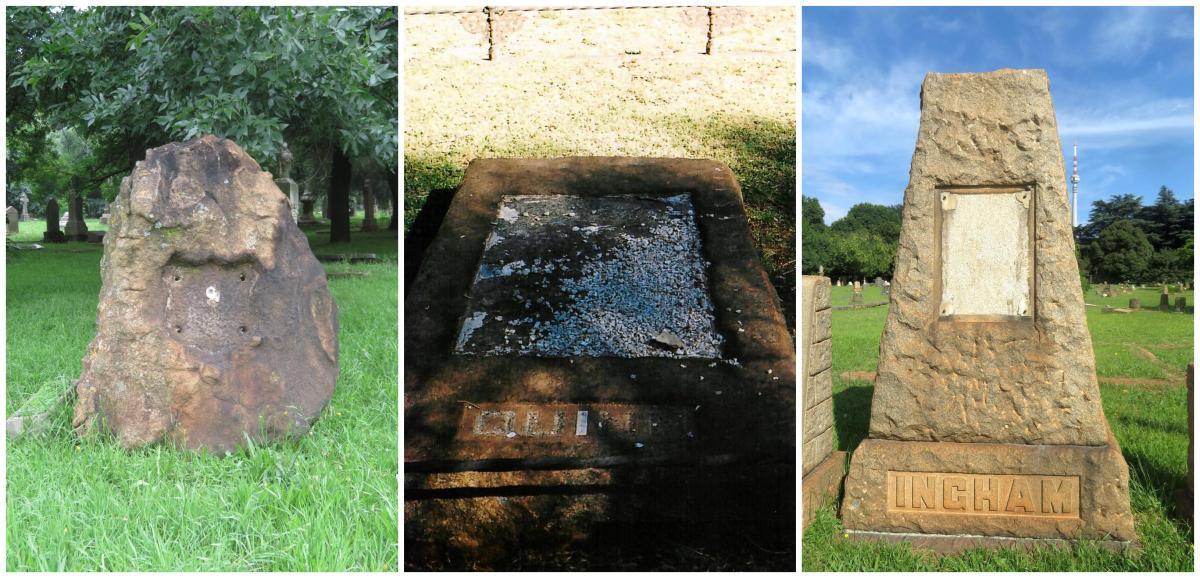
Disclaimer: Any views expressed by individuals and organisations are their own and do not in any way represent the views of The Heritage Portal. If you find any mistakes or historical inaccuracies, please contact the editor.
In my research in our old cemeteries, I sometimes find the headstones of prominent citizens of Johannesburg, which have been vandalized. This has been the case in the three stones featured here.
Charles Chudleigh – many South Africans reading this will remember shopping at the OK Bazaars, an affordable, family department store found in most big cities and towns around the country. But are you aware of its history? In 1854 in the Scilly Islands off Land’s End, Cornwall, Richard and Elizabeth Chudleigh welcomed their fifth of seven sons into the world. Remarkably, all these sons made it into adulthood. This particular son was Charles who came to South Africa in 1874. In about 1884, he set up business as a Draper in Queenstown, Cape Colony where in 1885 at the age of 31, he married his life’s partner, Margaret Jane Stirton. Samuel, his brother, was a witness at the ceremony, so we assume, he was in partnership with Charles in the drapery business already.
Charles Chudleigh
The two brothers moved up to the very young Johannesburg in June 1889 when Johannesburg was barely three years old. They realized the potential in this dusty mining town and opened a drapery shop in Eloff Street (corner of Pritchard Street) which they called Mount’s Bay House. In 1893 they built a larger store, a quaint turreted building to house their business and proved to be men of great integrity, whose word was their bond. Later, this business became Chudleigh Brothers and was a leading soft goods emporium in the shopping precinct of early Johannesburg. In 1913, they built the store which still stands in Eloff Street, a three-storey building which was to establish Eloff Street as the shopping mecca of Johannesburg. It was later bought by the OK Bazaars. A highlight of this store was the tearoom, which had women shoppers flocking to it, and started the trend of tearooms in the big stores in Johannesburg.
OK Building (The Heritage Portal)
The building during the Johannesburg Festival in the 1960s (Les Pivnic)
Charles Chudleigh was an active member of the community, being a member of the first elected Town Council after the Anglo Boer War. He was an active member of the Public Health Committee, being elected Chairman and in 1908/09, he was Mayor of Johannesburg. During his term of office, he called for designs for a town hall (still standing), laid the foundation of the Central Fire station and a new Market at Newtown was started. He was also very involved in charitable works such as the YWCA. This work and interest continued up to his death on 18 June 1924 at the age of 70. At his funeral, eight ex-Mayors of Johannesburg were present as well as a large and representative gathering of prominent citizens. A stone’s throw from his family plot is the grave of Mary Fitzgerald, ‘Pickhandle Mary’, the trade unionist. There was a story going around that Charles had fired a shot from the Rand Club that had killed her and another woman. Charles offered a reward of £500 for the conviction of anyone who had originated this rumour.
Charles left his wife and four daughters when he died and was buried in a family plot in the Mayoral Row of Brixton cemetery. His wife, Margaret, was buried with him when she died in 1934 but it seems they were the only two members of the family buried there. A beautiful chunk of rough stone was erected on the plot with a probably bronze plaque on it. Unfortunately, this plaque was removed, probably for scrap metal, before I even found the grave, so I have no idea what the inscription was. If there is a family member out there, who has a photo or record of the inscription, I would love you to contact me as I plan to replace the plaque and would like to use the original wording, if possible. This is the least we can do to enable visitors to the cemetery to see Charles Chudleigh’s final resting place and reflect on his many contributions to the growth and welfare of early Johannesburg.
Chudleigh headstone (Sarah Welham)
William Ingham – The person buried in half plot 5834-5836 in the Mayoral Row in Brixton cemetery was easier to research despite the fact that the plaque on his headstone, also a rough piece of stone, was missing. His headstone had his surname at the base, as well as other family members in the same plot with their own headstones. Burial records were a little difficult but we eventually found him in the burial register under Ingram.
Portrail of William Ingham
William Ingham was President of the South African Society of Civil Engineers. He was born in Burnley, Lancashire in 1867. During his early years of working, he picked up some useful experience which he was able to use once he came to South Africa – in Plymouth, he was appointed Assistant Water Engineer, and later the Resident Engineer. By 1903, he was working in Port Elizabeth, where at the age of 35, he designed and implemented a water scheme for the town. It is an indication of the regard his colleagues in England held him in that many of his assistants in England followed him to South Africa. This scheme was completed in 1908 and Ingham then set up his own consulting practice.
The phase of his life which interests us most is when in 1910, he was appointed the Chief Engineer of the Rand Water Board, a position he held until 1924, the year he died. As a water and irrigation expert, he was consulted by many municipalities and his crowning achievement was his design of the Vaal River Barrage, south of Johannesburg near Vereeniging. He first looked at possible suitable sites within a fifty mile radius of Johannesburg and decided on the current site for the Barrage, where he built not only the barrage but also the pumping and filtration works. This work was completed in 1923 and inaugurated by Prince Arthur of Connaught. He was also a prolific writer of papers and articles on waterworks and irrigation as well as water conservation and afforestation and I feel we must thank him for his foresight in conserving the meagre water supply in South Africa, and ensuring that farmers had adequate water in time of drought.
Souvenir from the opening
Sadly, due to overwork, he suffered an embolism and died at the age of 56 on March 7, 1924 in Vereeniging. The day before he died, he found out that the University of the Witwatersrand was to award him with an honorary degree of Dr of Science in Engineering. Another important connection with our Parktown history is that he lived at Eikenlaan in St Andrew’s Road, Parktown, the present Mike’s Kitchen.
Eikenlaan (The Heritage Portal)
He had married Isabel Hindle in 1893 in Burnley and she and their four children accompanied him to South Africa. Isabel and two of their children are also buried in the family plot.
Despite the fact that the plaque on his headstone, presumably bronze, was removed many years ago, we are fortunate to have the inscription that was on the headstone, thanks to the wonderful researcher, who came before me and wrote down the inscription – John McKibbon. It reads:
To the Memory of William Ingham
19 Dec 1867 - 7 March 1924
This stone was erected by his brother engineers in South Africa to mark their appreciation of the man, his work and service
EXEGI MONUMENTUM AERE PERENNIUS
This translates as ‘I have erected a monument more lasting than brass – Horace’s Odes.
Friends of Johannesburg Cemeteries will be replacing this plaque with this inscription on, so once again, all visitors to Brixton cemetery may appreciated this man who gave so much to the citizens of South Africa, and especially Johannesburg.
Ingham headstone (Sarah Welham)
John William Quinn - Mr Quinn was a man who became known for his community activities and for helping those who were in need. He was a member of the Reform Committee in 1896 and Mayor of Johannesburg in 1905/06 but was probably best known as a Baker and Confectioner. Quinn was born in Manchester, England in 1864 to John and Harriet Quinn. He learnt the trade of baker and confectioner early on and at the age of about 24, came to South Africa in 1888 because of his wife’s health. They lived for a year in Kimberley and then moved to Johannesburg where he started his business in Kerk and Pritchard Streets, as well as a series of tea rooms, which were just catching on at the time. His bakery business grew to be the largest of its kind in the Transvaal, and probably in South Africa. It didn’t take him long to get involved in the running of the town. During the Jameson Raid saga, he became part of the Reform Movement and was imprisoned for a few days. In 1897, he was a member of the first Sanitary Board which then grew into the Town Council. He was a member of the Legislative Assembly and a Justice of the Peace.
Portrait of John William Quinn
Advert for Quinn's baking business
With his skills as a Master Baker, he was in a position to assist when shortage of food was threatening people. During one of the miners’ strikes, he defied the strikers by himself baking and delivering bread to the beleaguered mines. Also, when the Anglo Boer War broke out, he left Johannesburg and travelled to Durban where he started the refugee restaurants. Later, he joined the First Battalion Railway Pioneer Regiment in Cape Town and predictably served as their quartermaster. Before the war had even ended, he returned to Johannesburg where Lord Milner selected him to serve on the town council. With all the civic duties he performed, one wonders how he had time to run his bakery business. Like Ingham, he was a member of the Water Board as well as the Public Health Committee.
Quinn Street in Newtown was named after him, an honour for all Mayors or Town Councillors who had made a contribution to the betterment of the town. He lived with his wife and three children in Yeoville in a house he named “Ordsall”. The end came for this noteworthy citizen of Johannesburg when in December 1916, he died from heart problems while in Sea Point. His body was brought back to Brixton where he is buried with one of his daughters. His, probably bronze, plaque was also removed by unscrupulous people many years ago but once again, we have a copy of the inscription and the Friends will be replacing this too.
Quinn gravestone (Sarah Welham)
Sarah Welham is the founder of the Friends of Johannesburg Cemeteries
Comments will load below. If for any reason none appear click here for some troubleshooting tips. If you would like to post a comment and need instructions click here.

